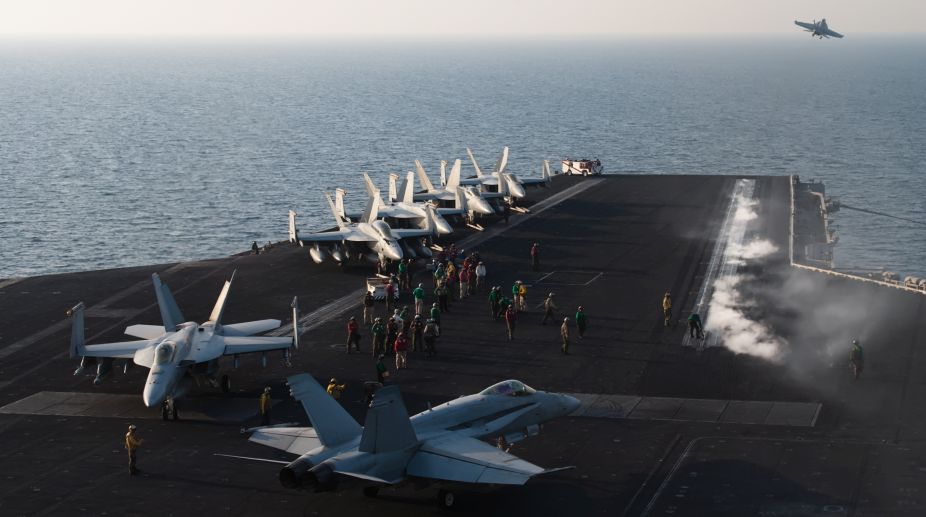Prime Minister to visit HAL facility for Tejas in Bengaluru
Modi will visit HAL in Bengaluru on Saturday morning and review its manufacturing facility

(Getty Images)
Hope of India’s defence industry taking a short-cut to advanced technologies using the SP (strategic partner) formulation when entering into joint-ventures with reputed American producers could have run into trouble. Even as they pledge support to the government’s “make in India” effort, the US-India Business Council has articulated reservations of American firms in parting with “proprietary technologies”. This raises questions if the SP route is markedly different from the licensed production of yesteryear? As of now only US firms appear to be holding back on complete technology transfers, but that could well be the norm other OEMs (original equipment manufacturers) will favour. Was it wishful thinking on the government’s part to think all doors would be opened? Were is not for the likelihood of triggering a political row, it would be pertinent to seek information on the extent of the technology transferred in deals with British, French, German and Russian firms. That would put the present complication into realistic perspective. On an immediate “hit list” could be the Lockheed Martin-Tata tie up to produce over 100 single-seater F-16 fighters, and the Boeing proposal to supply the Navy F-18s for its aircraft carriers. An alternative to the F-16 is already under evaluation, the Swedish Gripen for which its OEM has tied-up with the Adani group, while a version of the French Rafale could also be considered for the Navy ~ provided the Swedes and French are less fussy about transferring advanced technologies. It is therefore impossible not to lament the failure of the Defence Research and Development Organisation, despite having spent vast sums, to provide the military state-of-the-art technology. True that a limited number of Tejas fighters have been ordered, but HAL’s production line cannot deliver enough planes to meet the shortage faced by the IAF. Maybe a system could be worked out by which HAL undertakes “development”, and production is entrusted to private sector firms.
Even that has its pinpricks. The Council, apart from its reservations technology-transfer, says US firms would not be liable for glitches in equipment produced by their Indian partners ~ that could be a fall-out of the Russians contending that India-made components had been responsible for the Nashik-built Mig-21s having acquired notoriety. A representative of a leading US firm recently told a seminar in India that to expect firms with no experience in aircraft manufacture to churn out sophisticated fighters was something of a pipe-dream. The government would do well to come clean on all these complications, opt for direct imports to address the IAFs immediate shortages, and recast its make in India plans in more realistic light. For far too long have defence issues been camouflaged under the blanket of “security interests” and “patriotism” ~ how far behind does the domestic industry actually lag?
Advertisement
Advertisement